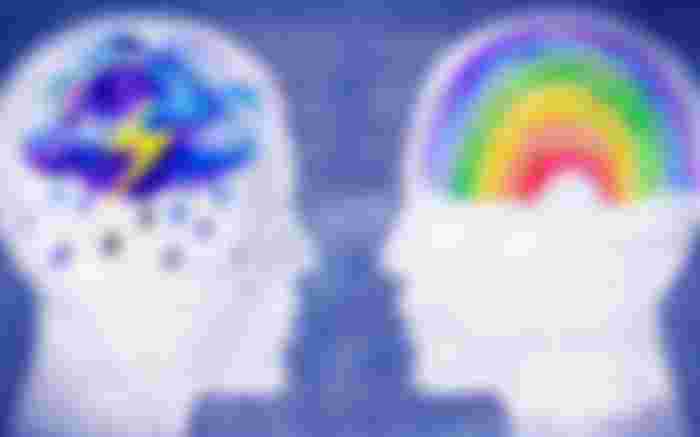Let's talk a little about empathy. A value that many lack. (EN)
Empathy is the set of capacities that allow us to recognize and understand the emotions of others, their motivations and the reasons that explain their behavior.

Empathy supposes that we enter the other's world and see things from their point of view, feelings and hear what the other hears. The ability to put yourself in another's shoes does not mean that we share their opinions, or that we agree with their way of interpreting reality. Empathy does not imply sympathy either. Sympathy implies a positive assessment of the other, while empathy does not presuppose any assessment of the other.
Empathy should also not be confused with kindness. Good scammers are characterized by having highly developed empathy. Interpersonal intelligence (like all other intelligences) is an ability that can be used for good or for evil.
To be able to understand the other, to be able to enter his world, we have to learn to put ourselves in his place, learn to think like him. Therefore, empathy does presuppose a temporary suspension of my own world, of my own way of seeing things.
One of the basic skills to understand the other is knowing how to listen. Most of us, when we talk to others, pay more attention to our own reactions than to what they say to us, we listen thinking about what we are going to say next or thinking about what kind of experiences we can contribute.
Learning to listen means focusing all our attention on the other, stopping thinking about what we want to say or what we would do.

When we listen attentively we listen with the whole body. Studies carried out on communication clearly show that the impression we produce on the other depends much more on how we say it than on what we say. In other words, non-verbal communication is more important than verbal communication.
People with a great capacity for empathy are able to synchronize their non-verbal language with that of their interlocutor. Not only that, they are also able to read the non-verbal cues they receive from each other with great accuracy. The changes in the tones of voice, the gestures, the movements that we make, provide a great amount of information.
That information is processed by the holistic hemisphere and therefore is more difficult to explain verbally. However, we only have to sit in a cafeteria and start observing the people around us to discover that it is very easy for us to notice who are friends and who are not.
People who are attuned demonstrate that attunement physically. They often adopt the same posture, or move at the same time, or make the same gestures.

The impact of nonverbal elements is not due to chance. Our way of understanding the world, our way of thinking is reflected in our whole body, not only in what we say. When we adapt our body language, our voice, and our words to those of our interlocutors, it is easier for us to enter their world, and when we understand the other's world we can begin to explain ours to them.
The ability to manage interpersonal relationships
When we understand the other, their way of thinking, their motivations and their feelings, we can choose the most appropriate way to present our message. The same thing can be said in many ways. Knowing how to choose the right one and the right moment is the mark of a great communicator.
The ability to communicate is what allows us to organize groups, negotiate and establish personal connections.
Writers say that communication is characterized by three major behavior patterns.
The first guideline, they know what is the objective they want to achieve
The second guideline is that they are capable of generating many possible answers until they find the most appropriate one.
Third guideline that they have enough sensory acuity to notice the reactions of the other.

The ability to set goals is one of the requirements of intrapersonal intelligence, sensory acuity involves attention to non-verbal aspects of communication.
The flexibility or ability to generate many responses is related to the ability to learn to see things from many points of view.



